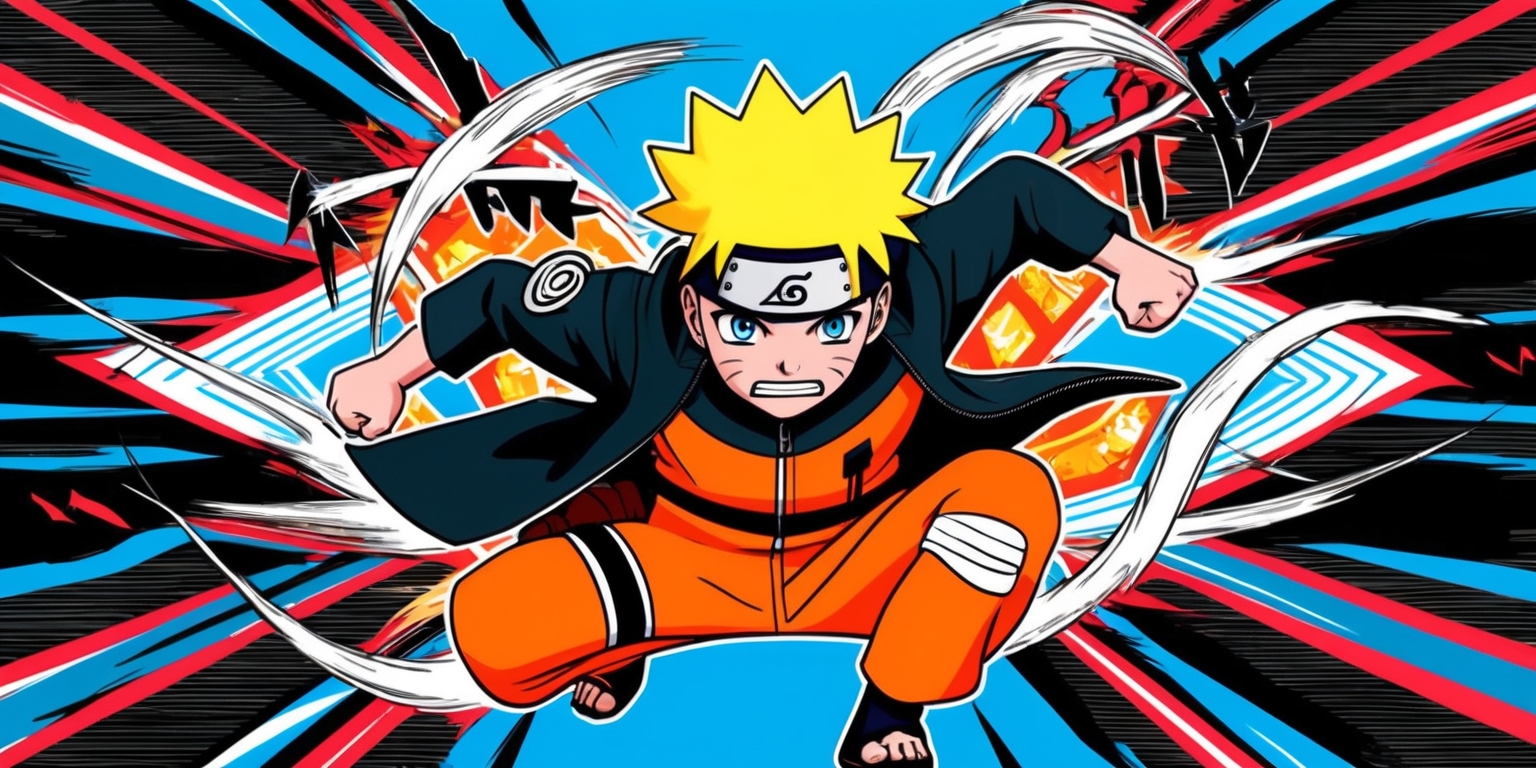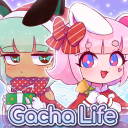Exploring Creative Freedom in Boruto: A New Era Beyond Naruto
Dec-10-2024

Within the colorful realm of anime and manga, few names resonate as profoundly as Naruto and its sequel, Boruto. While Naruto established a lasting legacy, Boruto's emergence was met with mixed reactions. This sequel aims to carve its own identity, one that attempts to break away from the shadows of its predecessor. Behind this transformation is Mikio Ikemoto, a talented manga artist who has taken significant creative liberties in developing Boruto's narrative and characters. But how does this creative freedom manifest, and how does it contrast with the structured approach of the original creator, Masashi Kishimoto? This exploration delves into the intricacies of Boruto's storytelling and the artistic choices that define it.
Understanding the Shift from Naruto to Boruto
The transition from Naruto to Boruto represents more than just a new adventure; it symbolizes a departure from a tried-and-true formula to a fresh interpretation of the ninja world. While many fans cherish the charm of the original series, others have questioned the direction Boruto has taken. The contrast between the two series serves as a backdrop to the larger discussion about artistic liberty in the world of manga.
The Role of Mikio Ikemoto
Mikio Ikemoto, previously an assistant to Masashi Kishimoto, finds himself at the helm of Boruto. His unique experiences under Kishimoto's guidance allow him to tackle the narrative with a new viewpoint, one that encompasses both reverence and innovation. Ikemoto aims to connect with a newer generation of fans while nurturing the legacy left by Naruto.
Creative Freedom in Storytelling
Ikemoto's interpretation of Boruto allows for a dynamic and ever-evolving narrative. Unlike the meticulously planned arcs of Naruto, Boruto's storyline is marked by spontaneity, in which characters and plot points can change unexpectedly. This creative freedom has enabled Ikemoto to explore various thematic elements typically shunned in the original series.
The Changing Dynamics of Characters

Character development in Boruto starkly contrasts with that of Naruto. In the original series, character arcs were often linear, culminating in well-defined growth. In Boruto, characters frequently change trajectories, reflecting the turmoil and challenges they face. This fluidity brings a new kind of realism to the series, illustrating that growth is not always a straightforward path.
Innovation vs. Nostalgia
The struggle between innovation and nostalgia is palpable in Boruto. Many familiar faces from Naruto reappear, but Ikemoto adds layers to their personas that were absent in the initial series. This rejuvenation of classic characters elicits mixed responses from fans, some embracing the new complexities, while others long for the simplicity of earlier portrayals.
Insights from Konoha à Nuit Event
At a recent event, Ikemoto provided insight into his creative process. He acknowledged that deviations from the original plan are common, which allows narratives to evolve in unexpected ways. The intimacy of fan events captures the essence of this transition as creators engage with their audience, discussing inspirations and aspirations.
Challenges in Maintaining Consistency
While Boruto thrives on change, it also faces challenges in maintaining narrative cohesion. The series sometimes struggles to balance its innovative spirit with the expectations of fans rooted in the Naruto legacy. This tension can lead to uneven pacing and plot development.
Kishimoto’s Structured Approach
In contrast, Masashi Kishimoto worked within a framework defined by deadlines and editorial oversight. The constraints he faced necessitated a more structured narrative, one that adhered to established character arcs and plot points. This rigid approach ensured the series' consistency but limited creative experimentation.
The editorial influence on Kishimoto's work
Editorship had a profound impact on Kishimoto's storytelling. While he demonstrated remarkable creativity, the reality of manga serialization imposed limits. Many of his ideas, including character developments and plotlines, were altered or entirely omitted under editorial scrutiny, shaping the final product significantly.
Differences in Character Development
The evolution of female characters showcased the constraints of Kishimoto's approach. While Naruto had moments of brilliance, some characters struggled to gain the depth and complexity they deserved. This issue highlights how rigid narrative structures can hinder character potential.
The Potential of Non-Linearity
Boruto's embrace of non-linearity allows for a broader exploration of themes and character backgrounds. This unconventional storytelling approach has its advantages, enabling characters to resonate with the audience on different levels. However, this freedom also brings the risk of losing focus and diluting character arcs.
Reflecting on the Reception
The reception of Boruto remains a topic of heated debate. It is frequently scrutinized for its pacing and character development. While some viewers appreciate the innovative storytelling, others feel the series struggles to capture the essence of what made Naruto so beloved. This ongoing dialogue reflects the fervent enthusiasm that supporters have for the series.
The Future of Boruto
As the series continues to evolve, Ikemoto's creative choices will shape its destiny. The path Boruto takes could redefine what a sequel looks such as within the world of anime and manga. By taking bold risks, Ikemoto may inspire future creators to take similar paths, exploring new genres and storytelling methods unbound by predecessor limitations.
Availability and Further Exploration
The adventures of Boruto and his companions, alongside the rich lore of Naruto, are accessible on various platforms, including streaming and print. For fans and newcomers alike, engaging with these series offers an opportunity to witness the evolution of storytelling within the genre. The contrast between the two series serves as a case study in creative liberty, legacy, and the intricate relationship between creators and their audiences.
Conclusion
Ultimately, the world of Boruto is a testament to the clash between tradition and innovation in storytelling. Through Mikio Ikemoto's creative liberties, the series offers a fresh take on the ninja universe that resonates with a diverse audience. While drawing on its predecessor's legacy, Boruto stands as an evolving narrative, challenging conventions and expectations, thereby opening the door for future explorations in manga and anime.







